Getting lost in Bikaner
2. February 2019
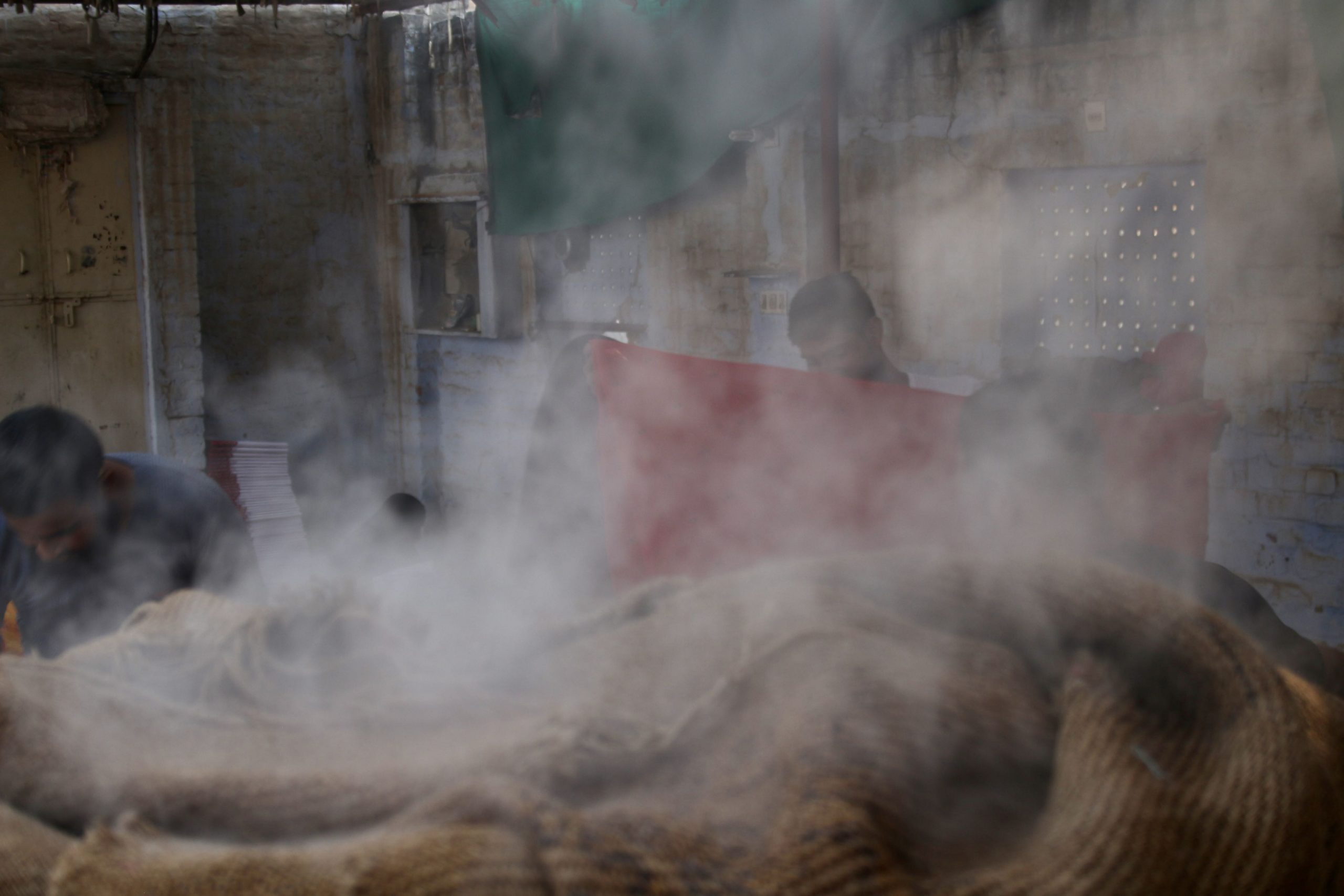
Some places in India have old towns that are relatively easy to find your way around. Some do not. Bikaner is one of them. I sometimes take my camera and walk around. I always discover something. I’ve developed an ambition to find my way back on my own without going the same way. And neither using Rickshaw nor calling for someone to rescue me. On my last tour, I was about to give up.
First I met a tea trolley in a square and had a cup of tea and contributed to the entertainment of the other customers.
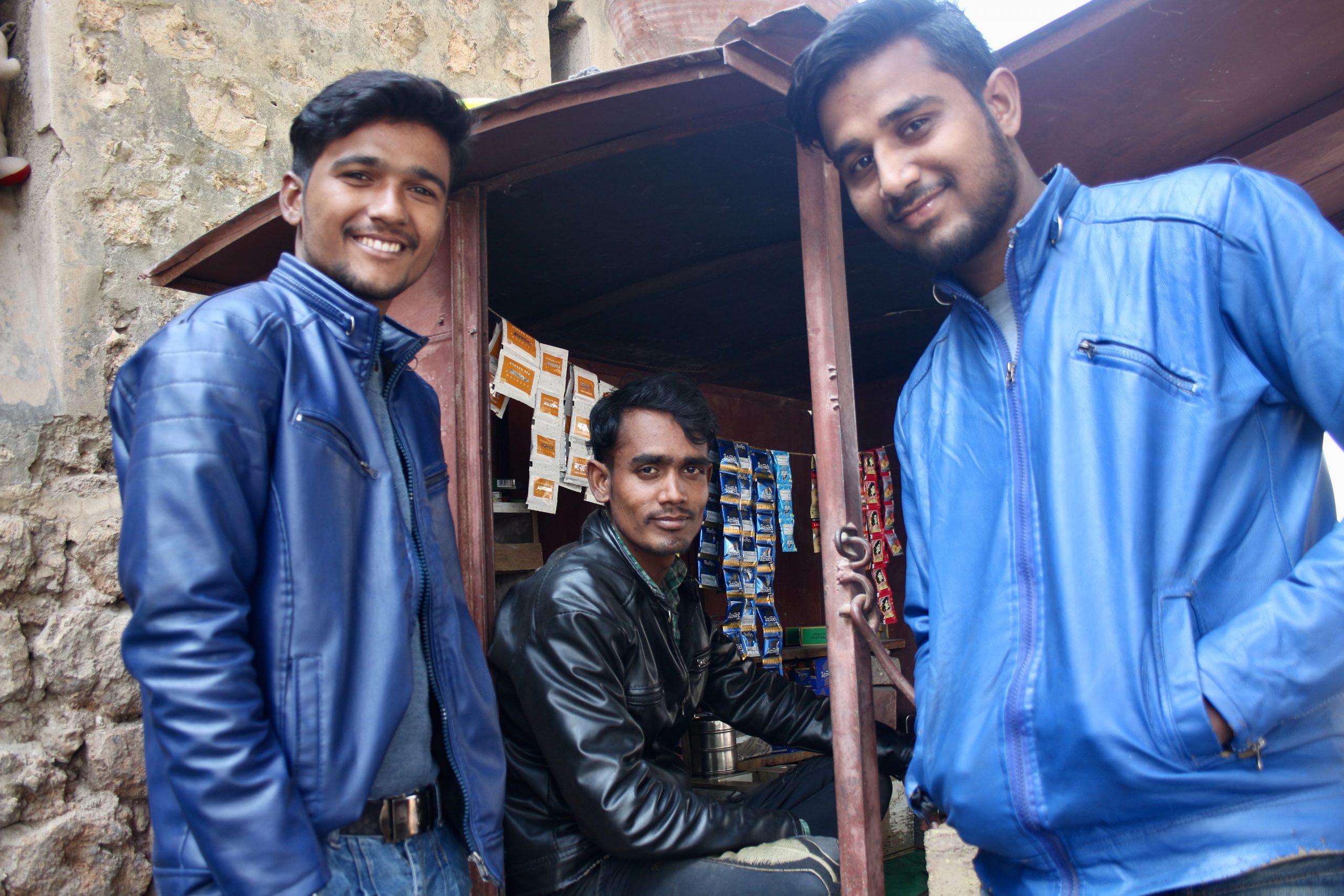 Customers and tea seller in Bikaner
Customers and tea seller in Bikaner
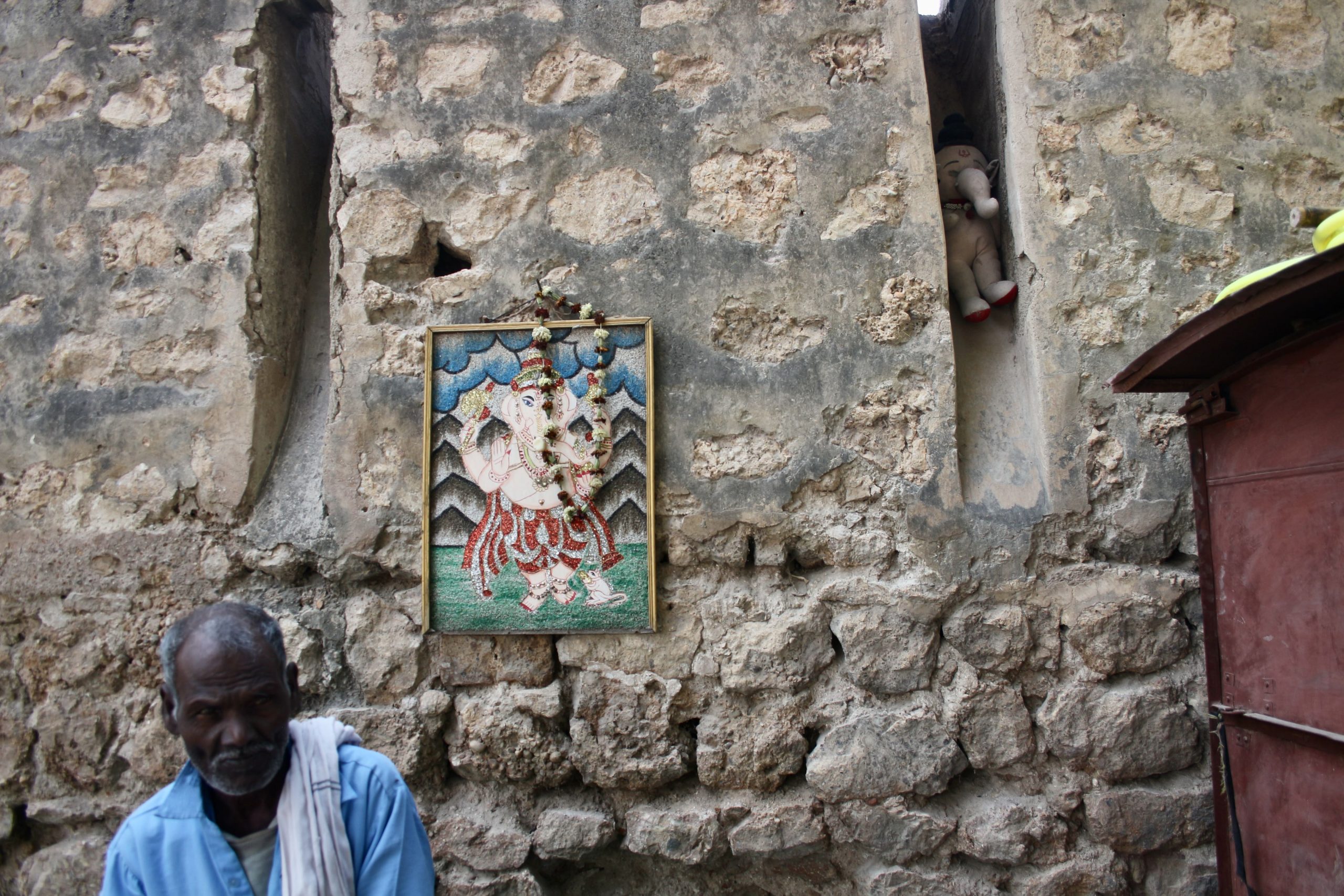 Another customer and Ganesh as a picture and soft toy
Another customer and Ganesh as a picture and soft toy
I passed houses and squares and met some people. They looked at me and I looked at them. And sometimes I asked for a photo. After a short time, I no longer knew roughly where I was.
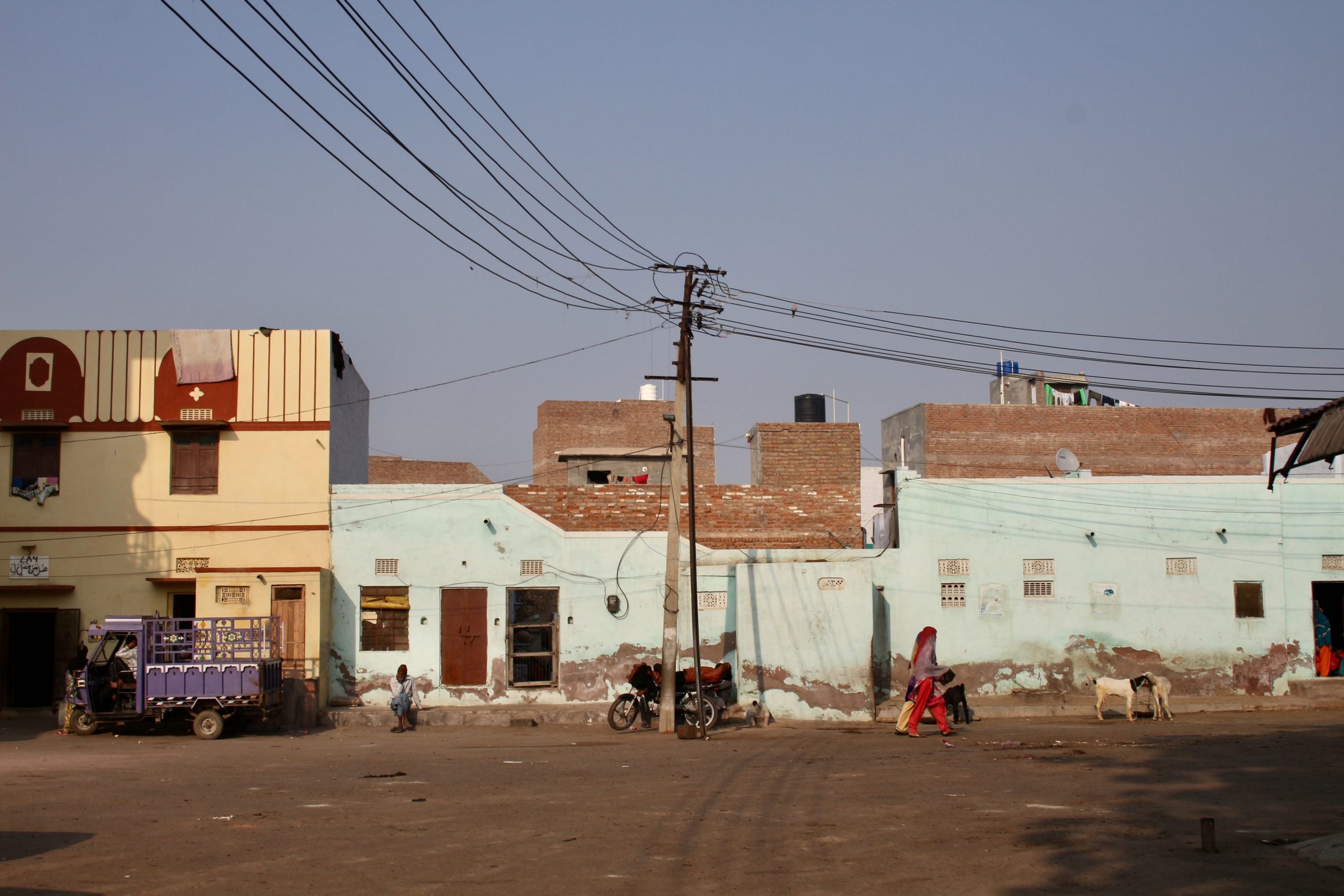 Sometimes the old town widens out
Sometimes the old town widens out
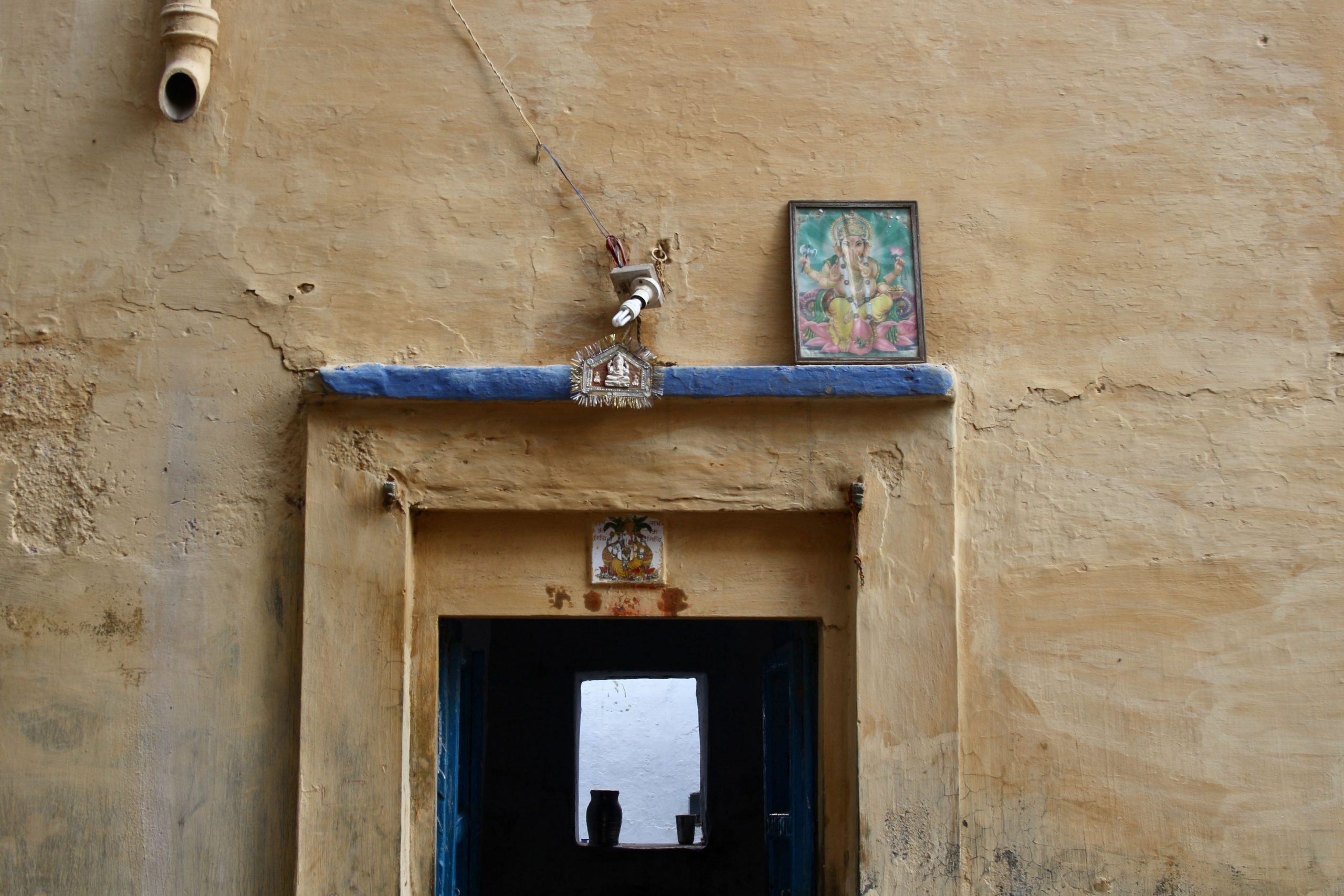 Sometimes I like to sort elements together in a picture.
Sometimes I like to sort elements together in a picture.
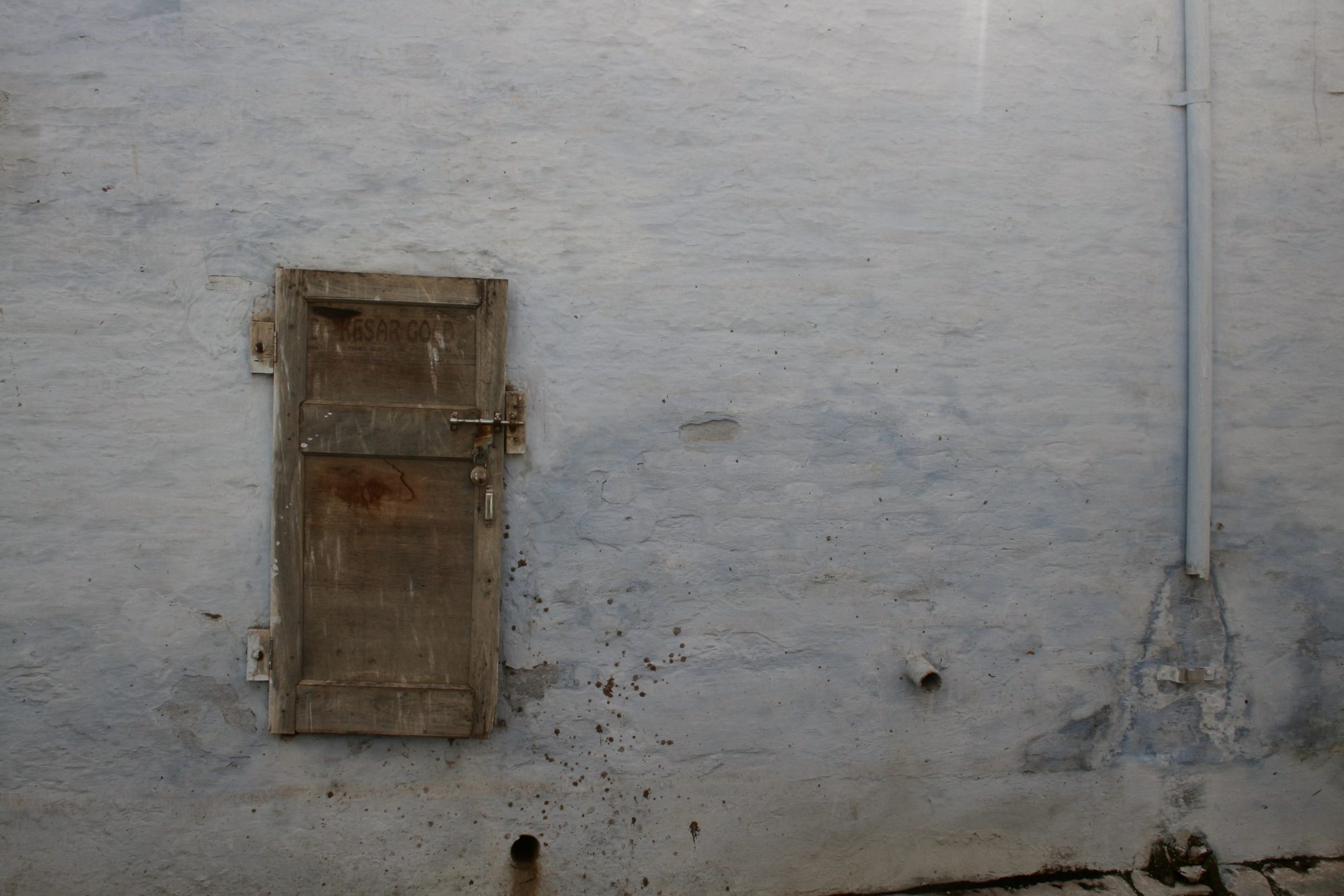 and wonder about strange doors
and wonder about strange doors
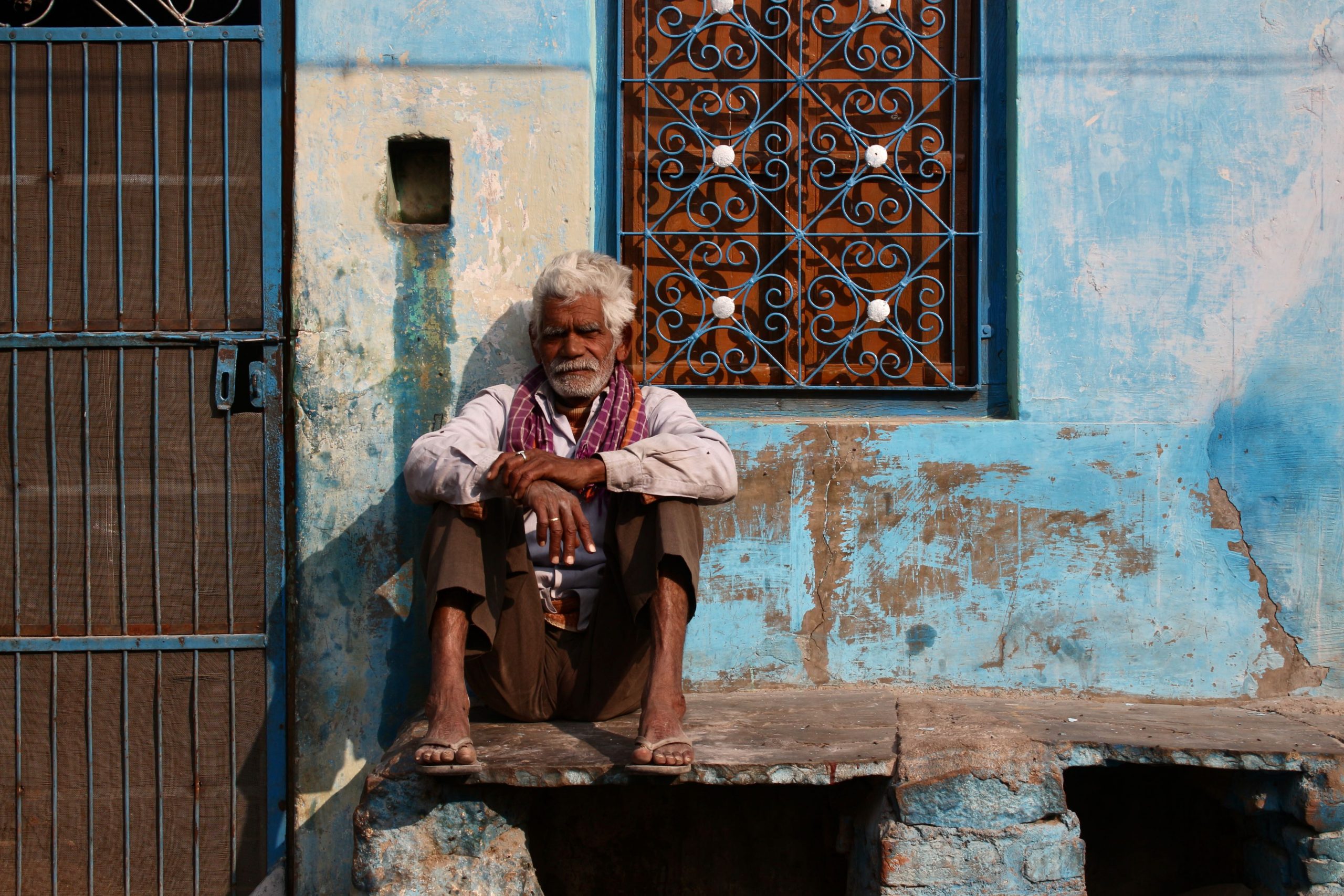 a man
a man
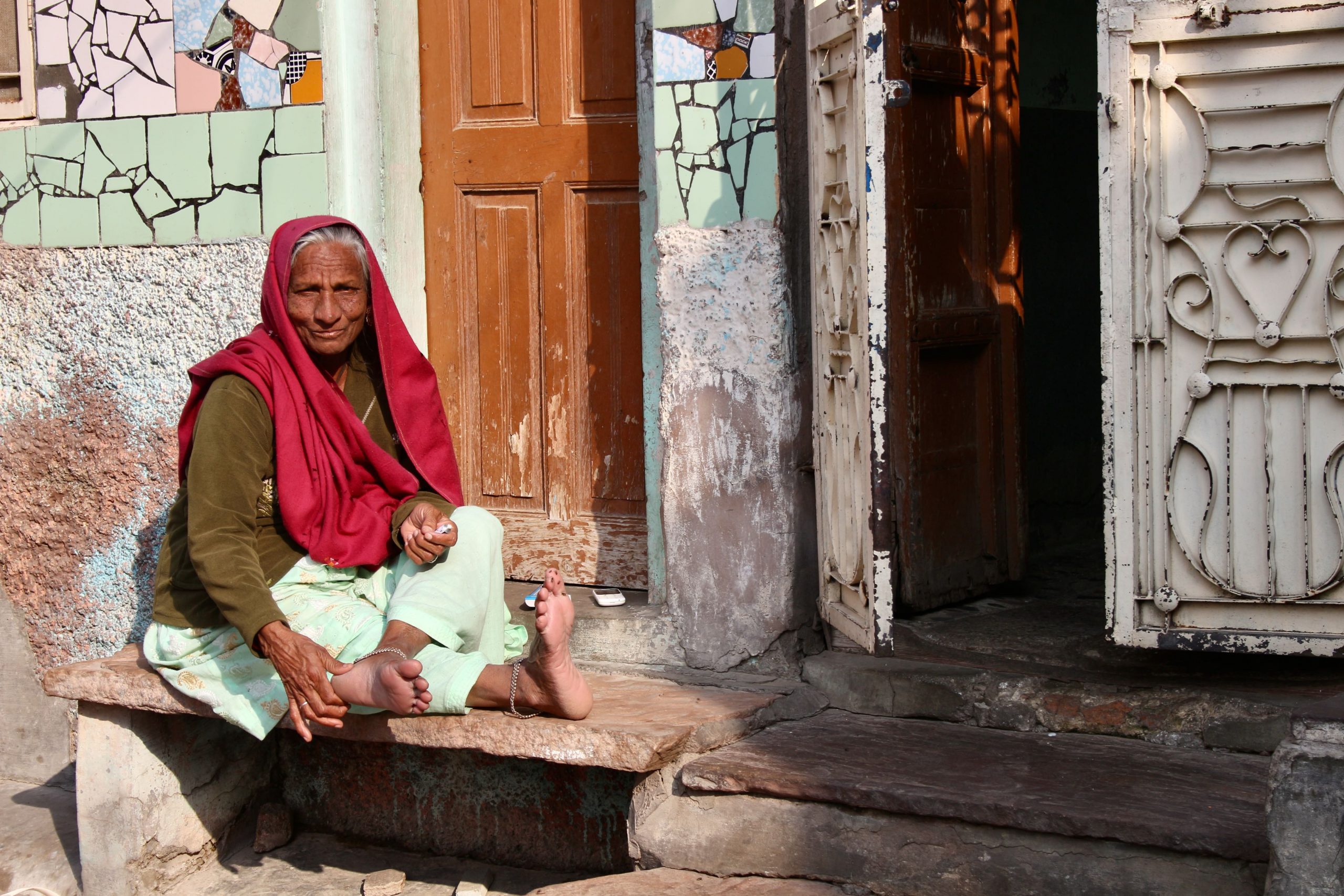 a woman
a woman
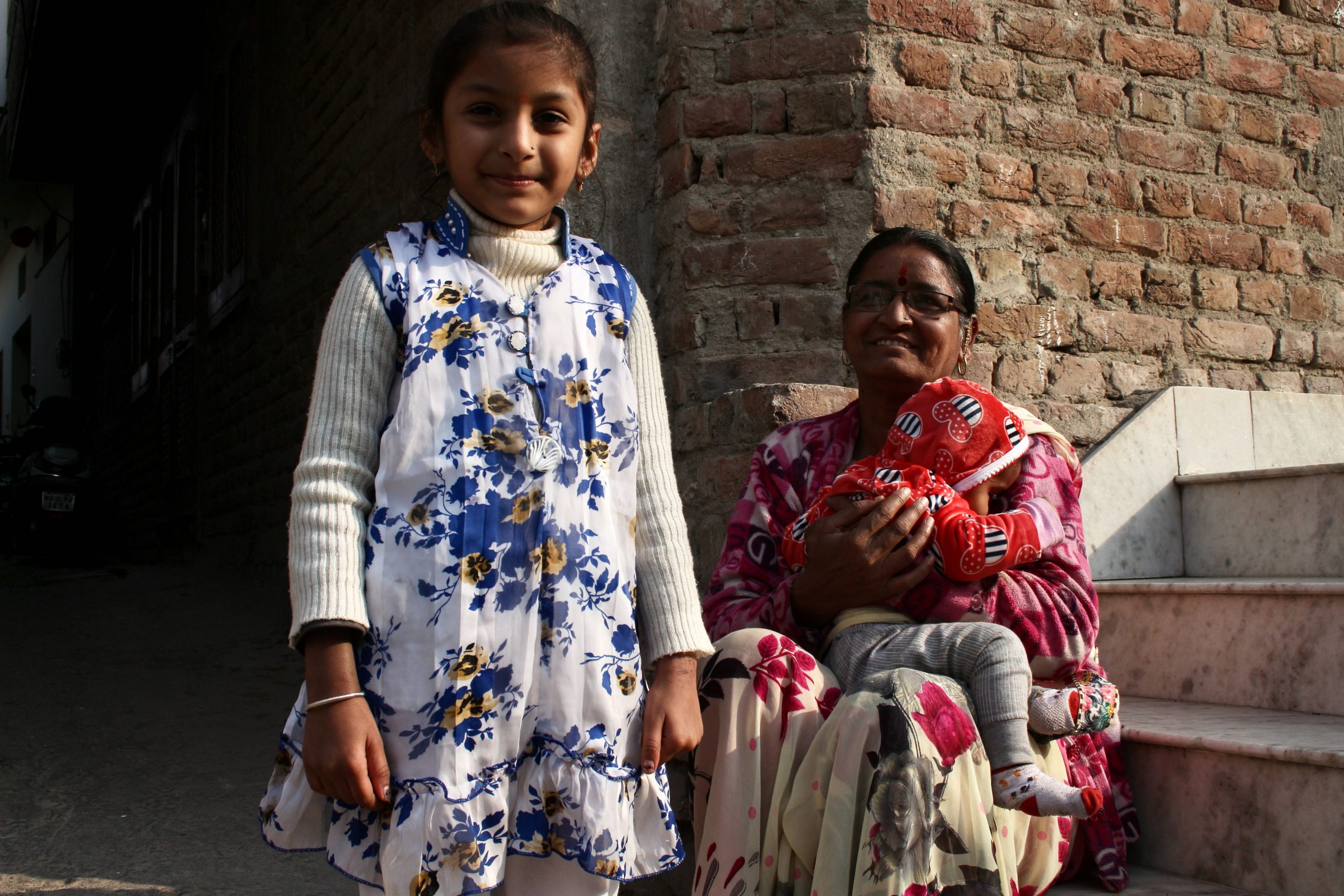 a child and a woman
a child and a woman
Every decision at a junction or road junction brings new coincidences to light. And then I got here. It looked very interesting to me.
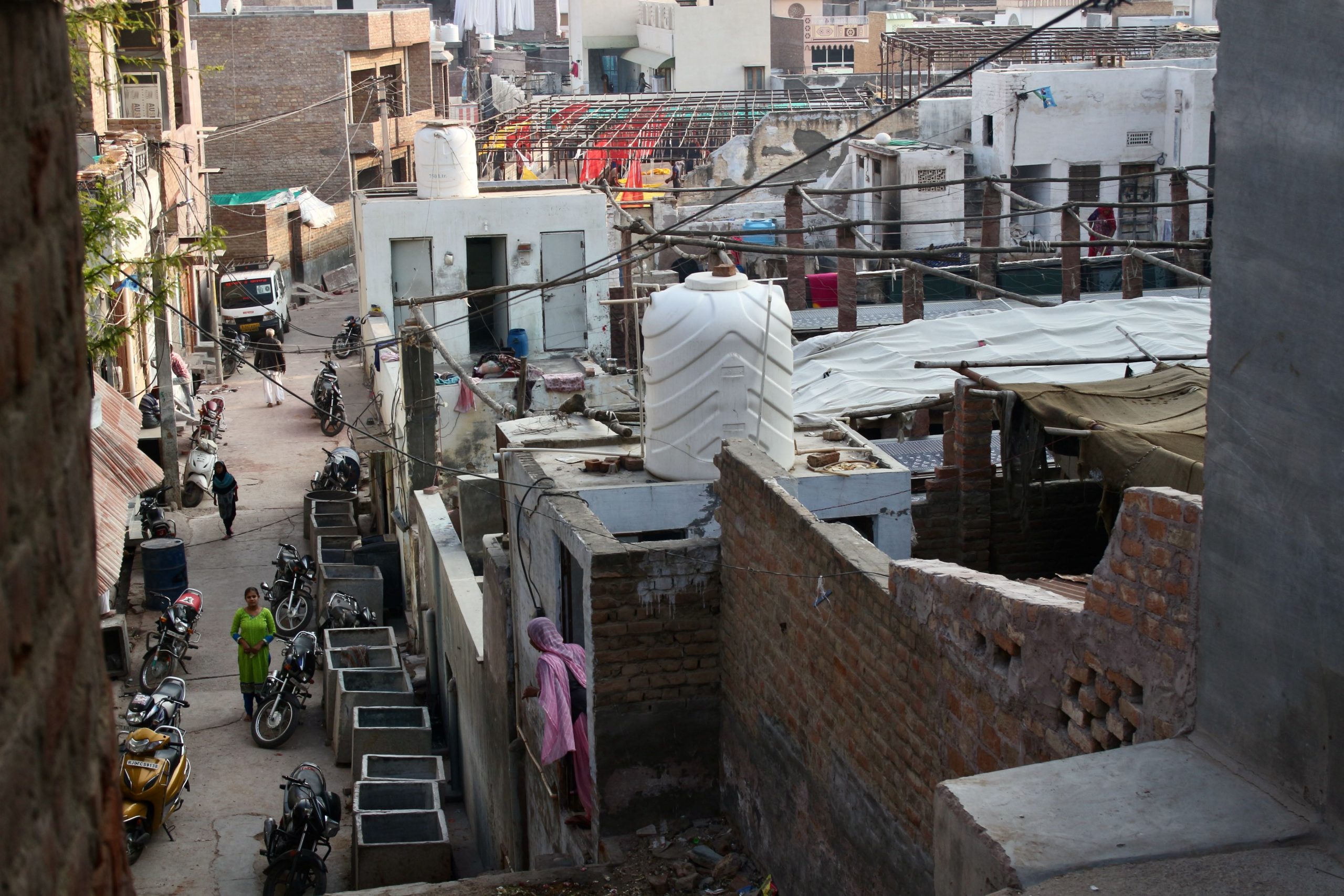 getting curious
getting curious
I went in and saw what people were doing there. Aha: Fabric dyeing! Or better said printing fabric.
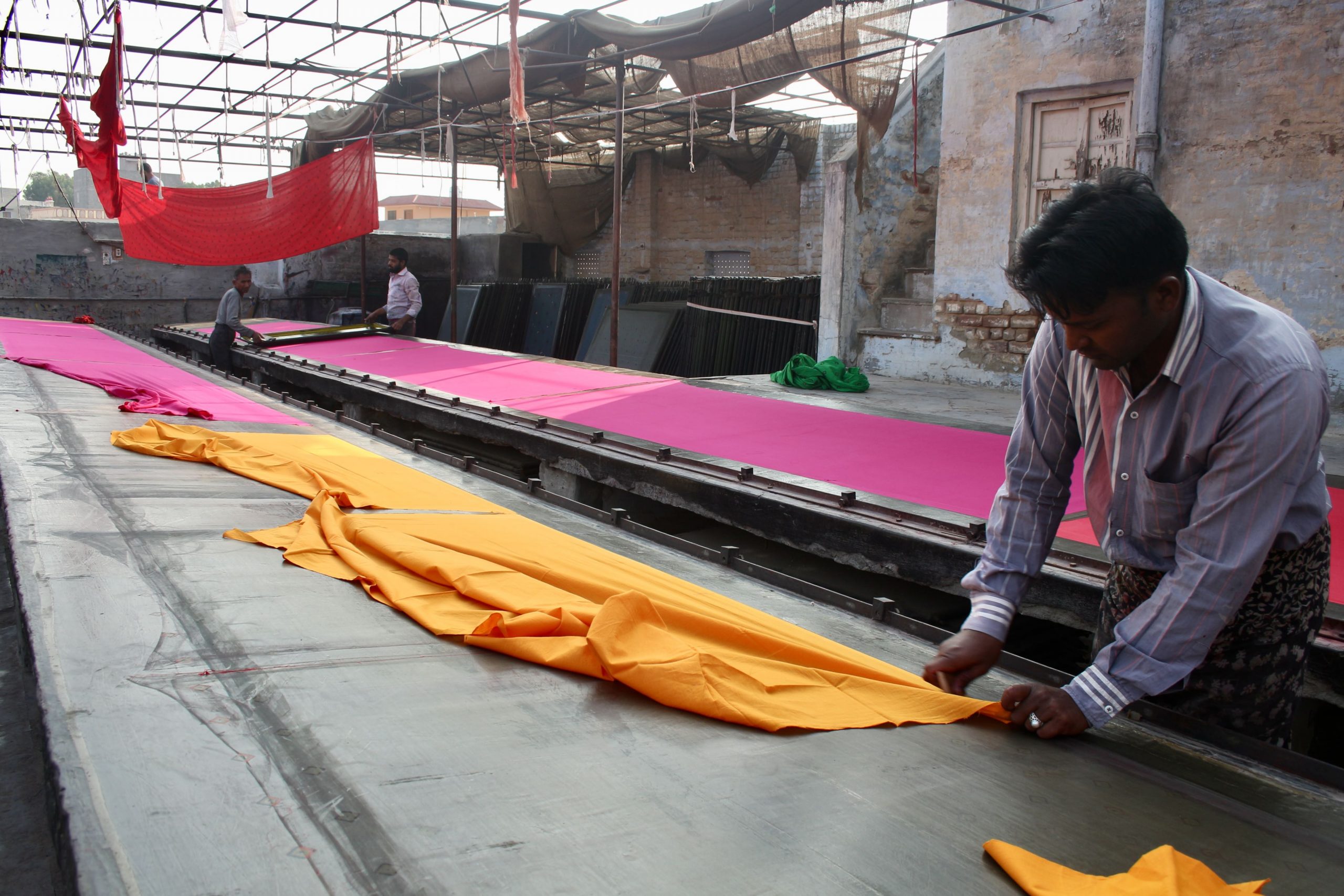 cloth expander
cloth expander
What an interesting way of printing fabric: the coloured fabrics are loosely attached and then 2 men come along with a “colour tray”. There are pattern holes in it and by pushing the colour over it, it sticks to the fabric in the holes. This is repeated with different colours depending on the pattern. So three times at the bottom. And how is it that they always hit correctly? There are nubs on the rail where the tray is placed.
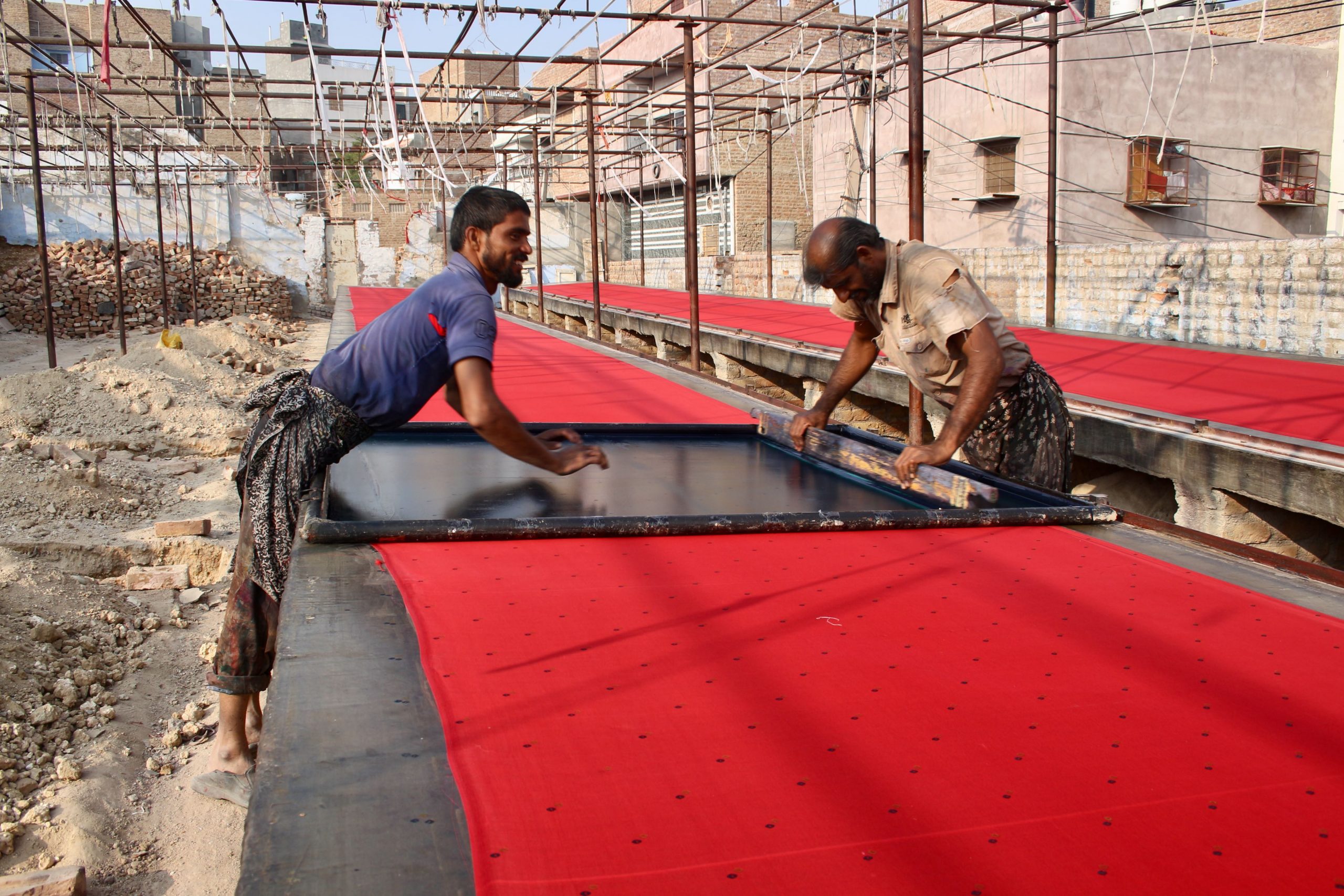 1
1
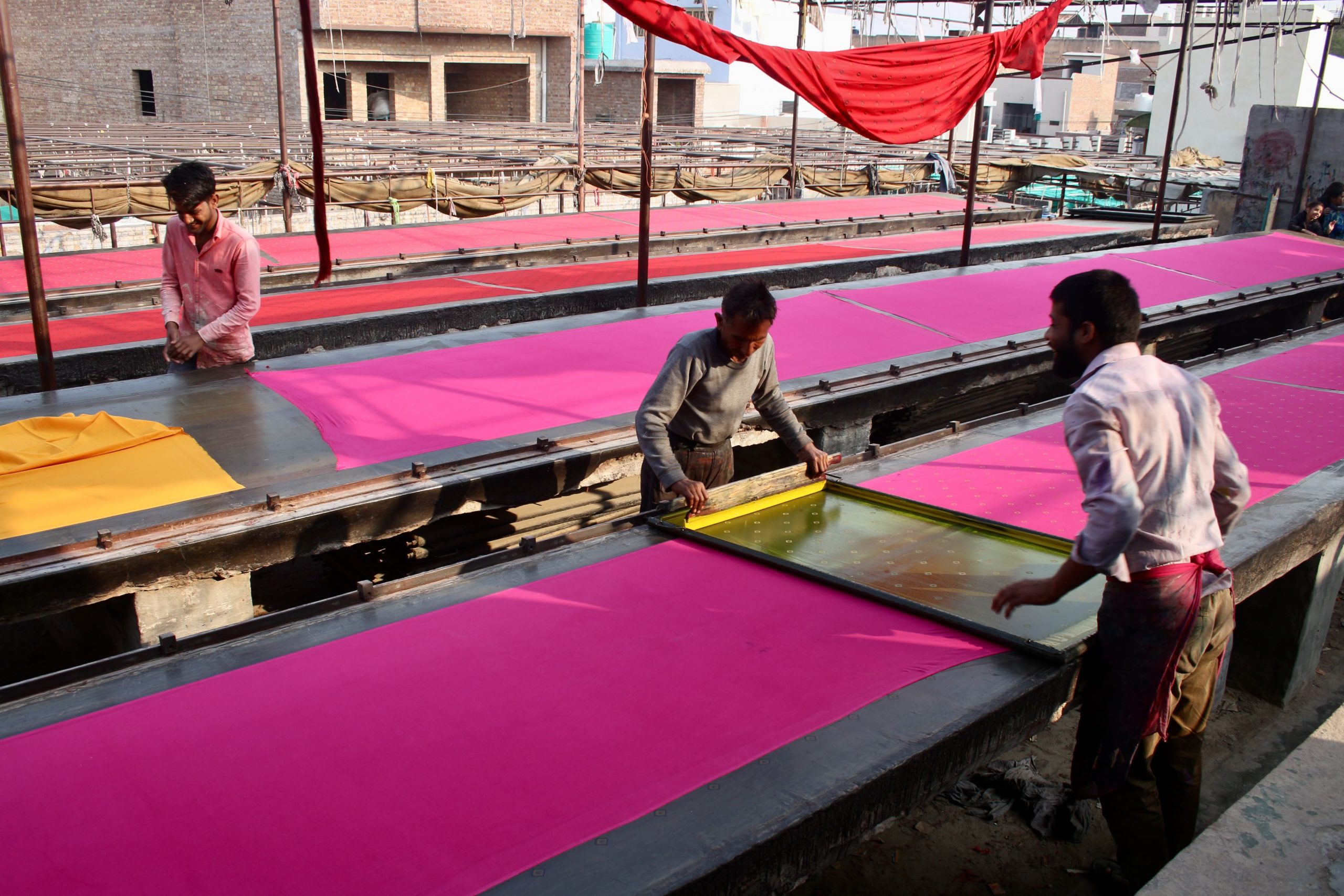 2
2
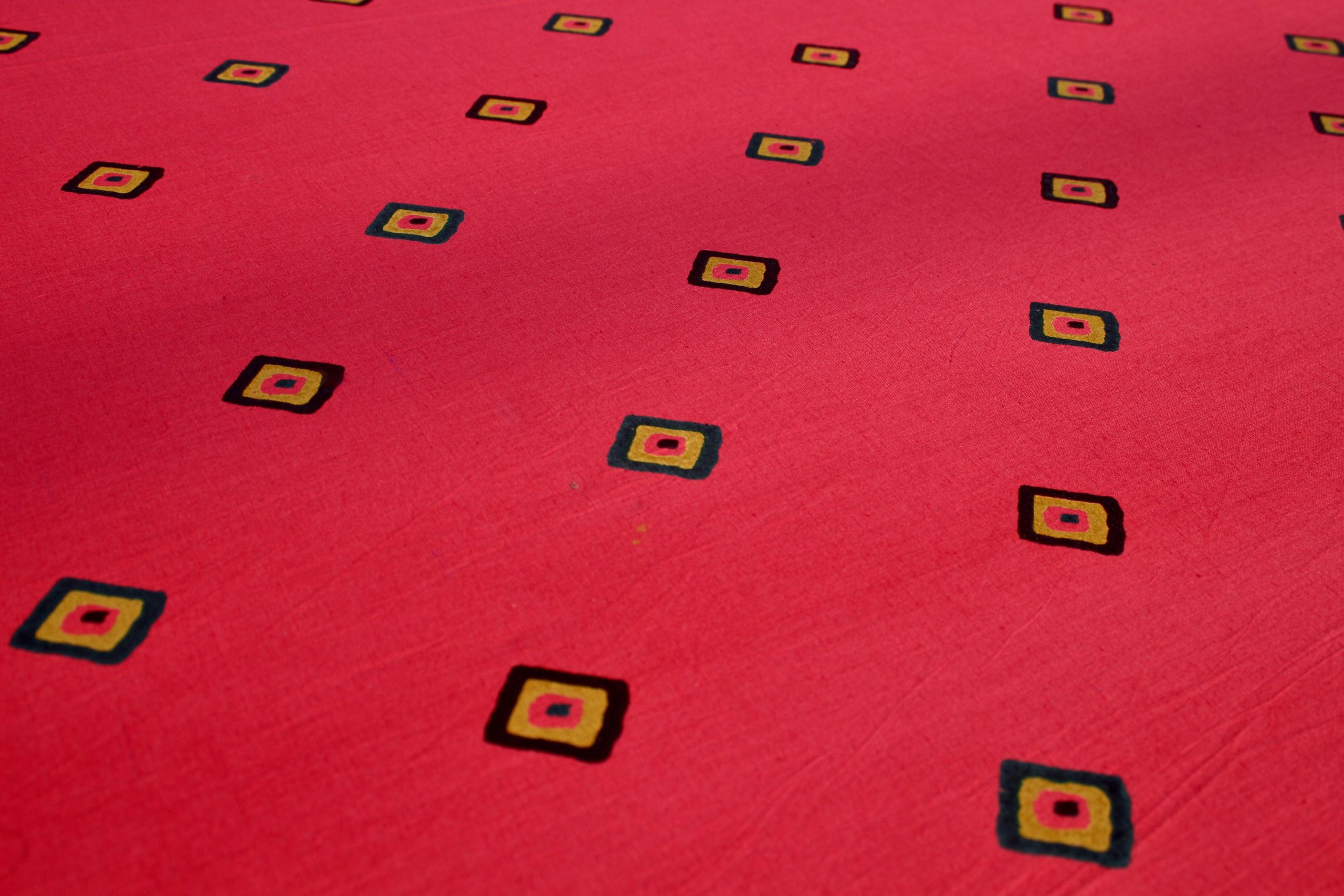 3
3
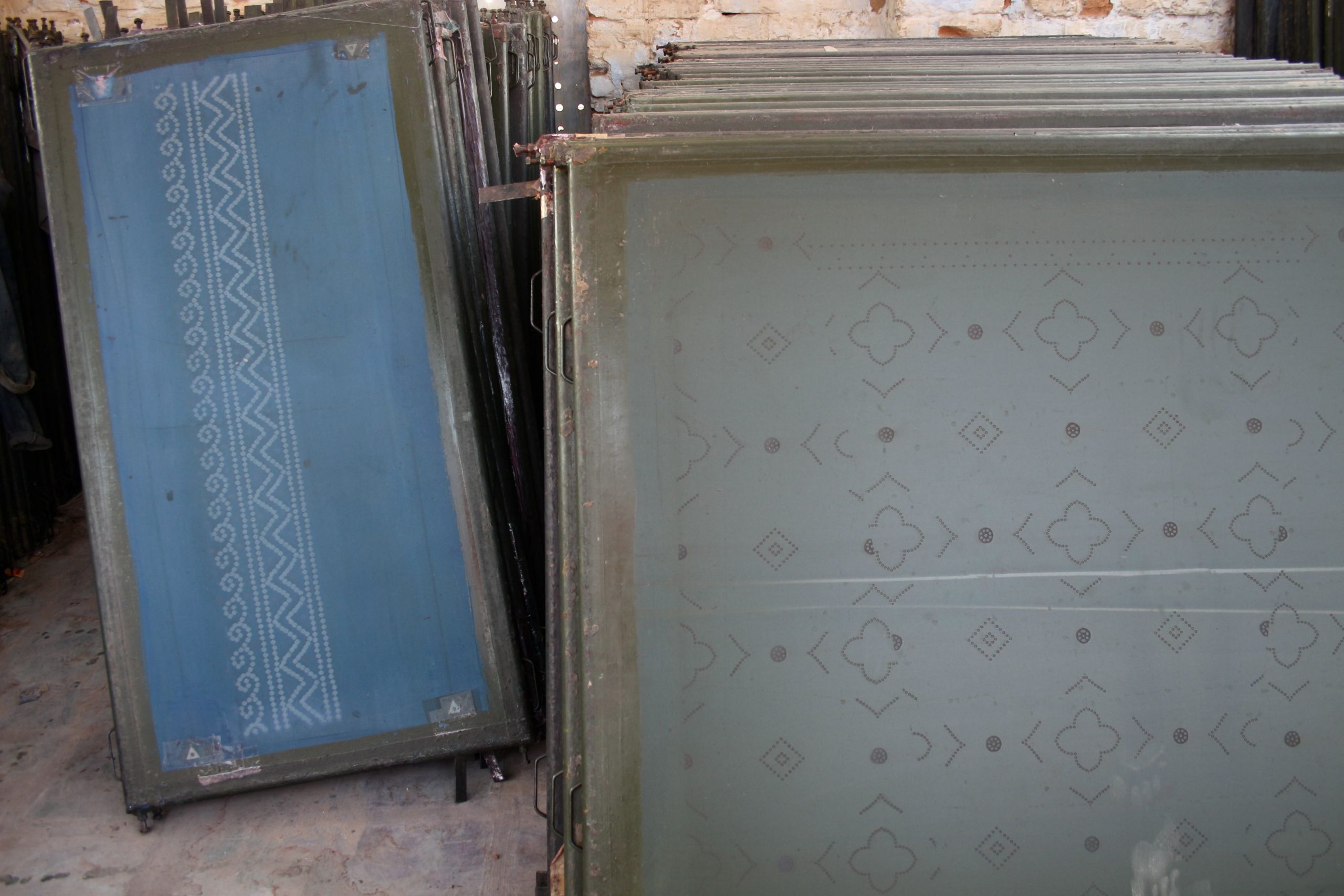 There are many different trays with lots of patterns.
There are many different trays with lots of patterns.
And what happened next? As nobody told me to leave, I looked around. I made contacts in the inner courtyard. It’s easier with children like the little prince down there. Nobody spoke English. But there are words like “chai” (how nice – I was given one as a gift!) and gestures. I was also photographed.
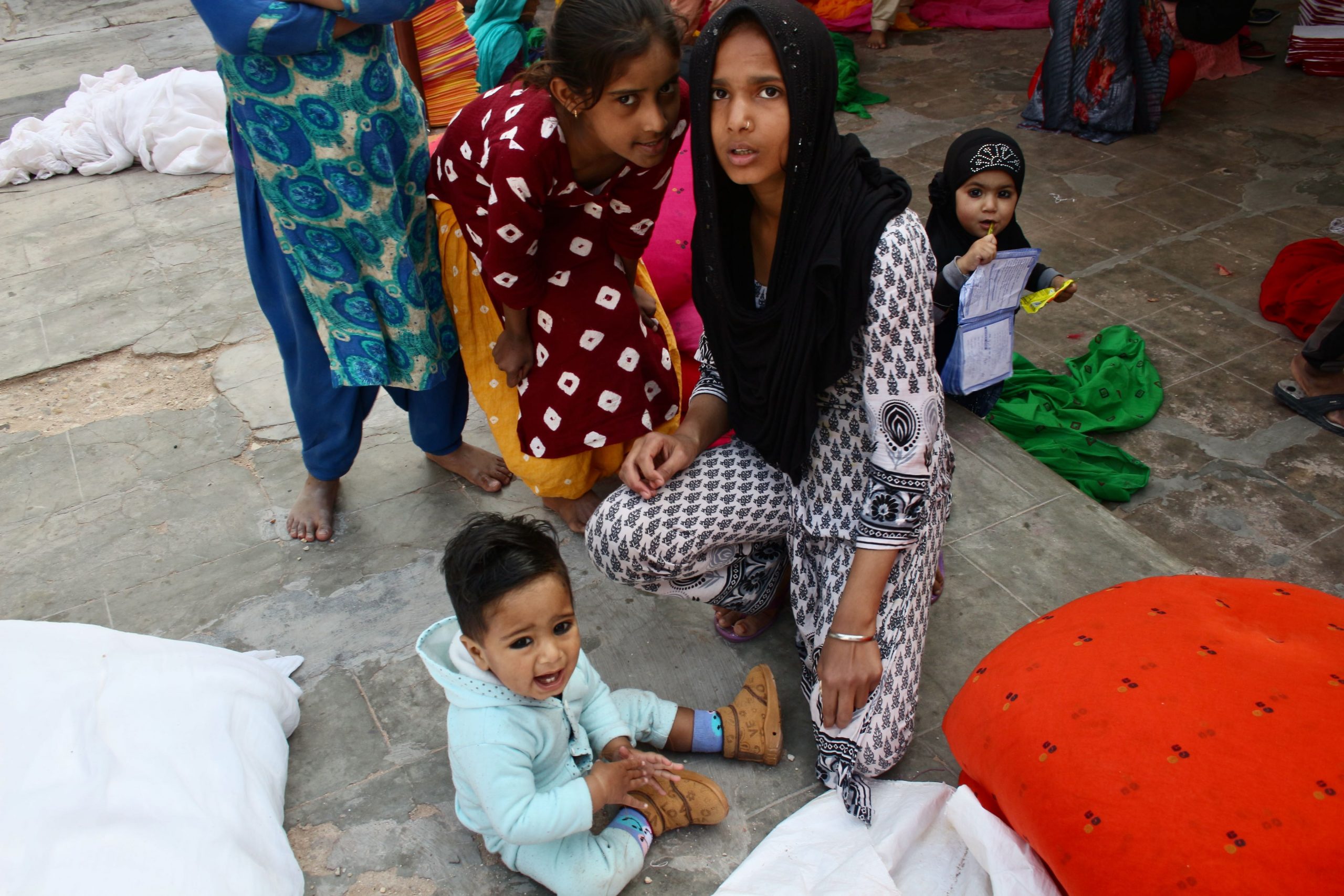 women and prince
women and prince
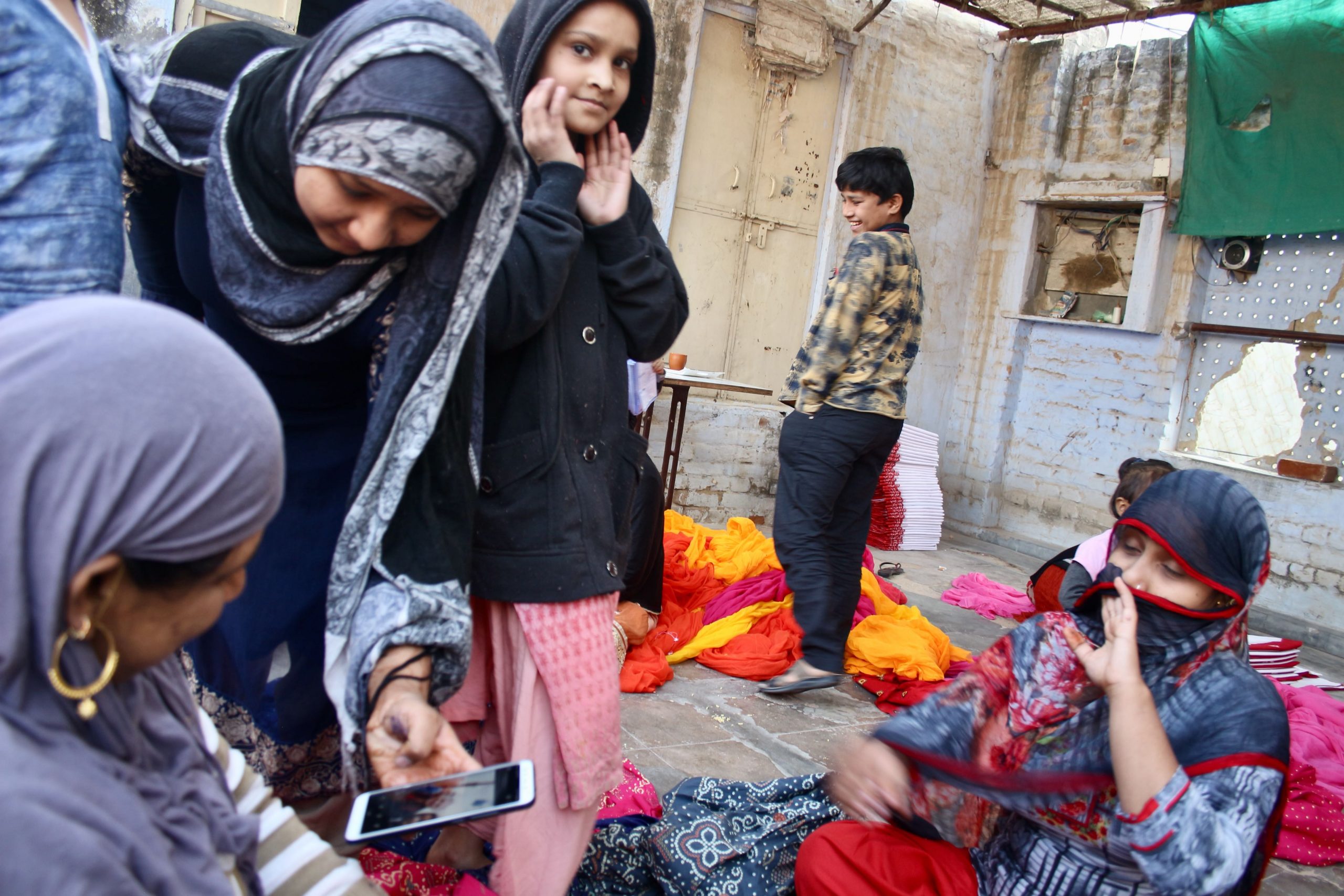 mobile-pic
mobile-pic
After the cloths were air-dried, they were placed in the steamer.
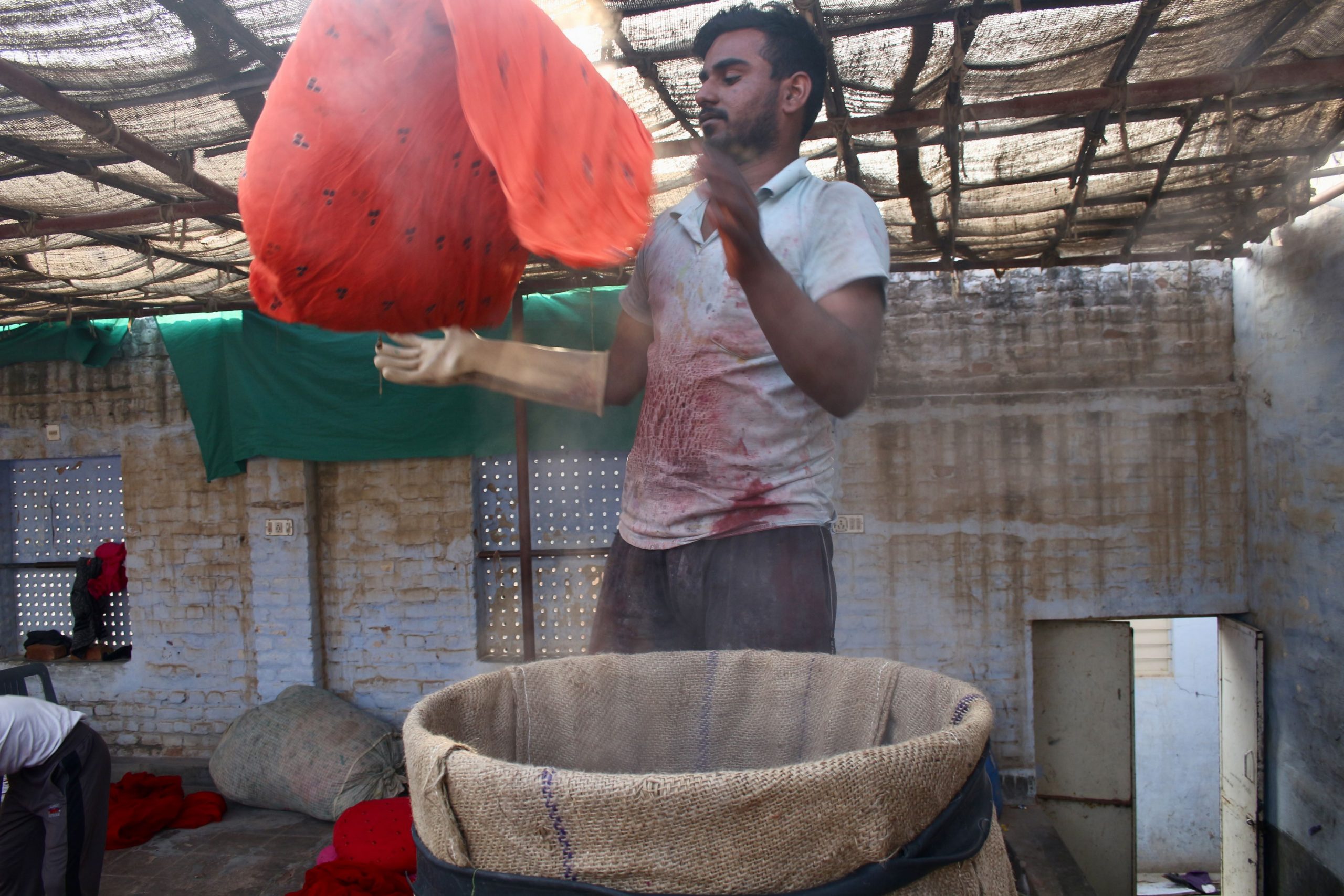 steamer
steamer
and then they were put together. Or was there some kind of mangle in between? I don’t quite remember.
 folding
folding
In any case, I only saw the intermediate step of “soaking” at the end, which took place after printing and before air-drying.
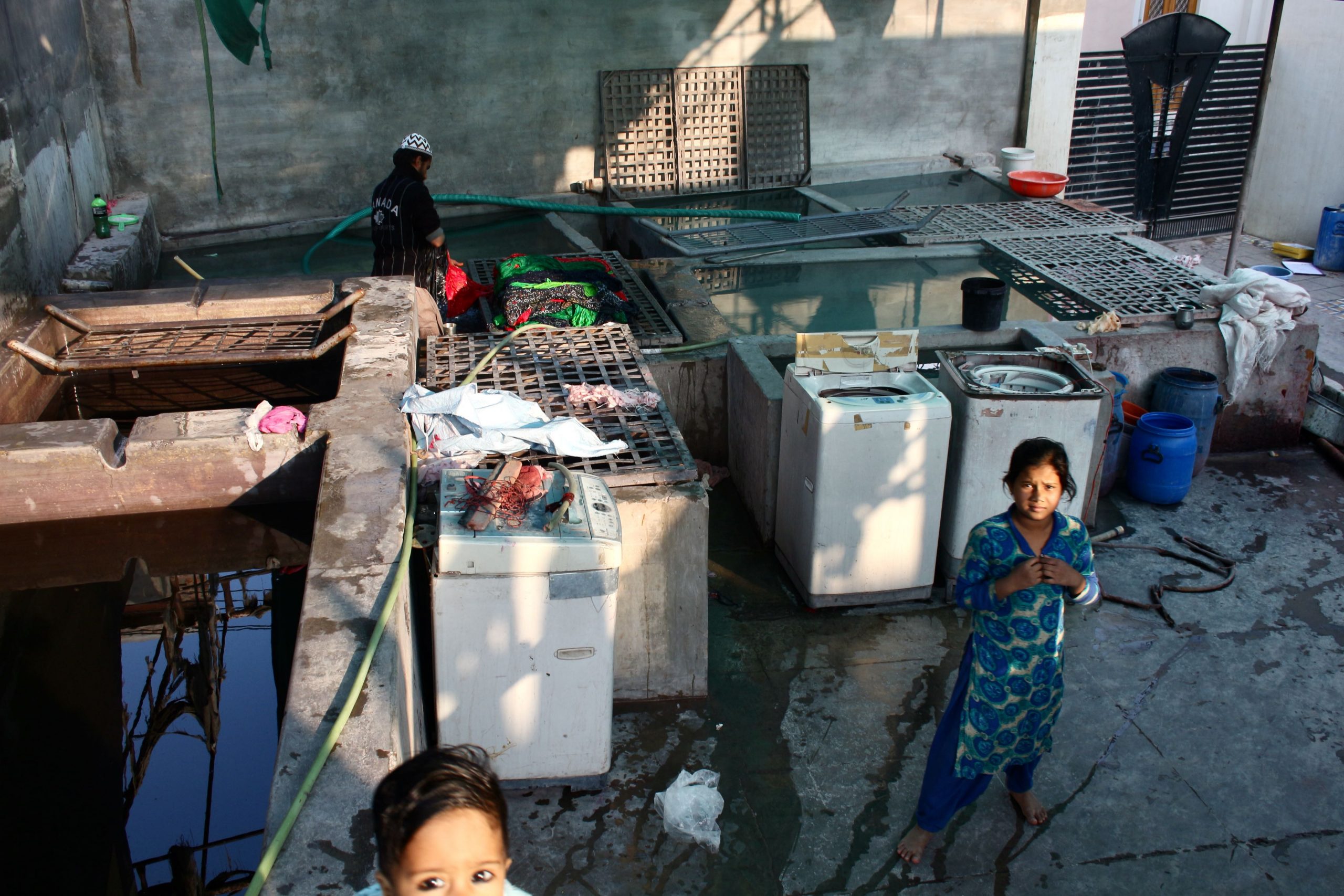 laundry room
laundry room
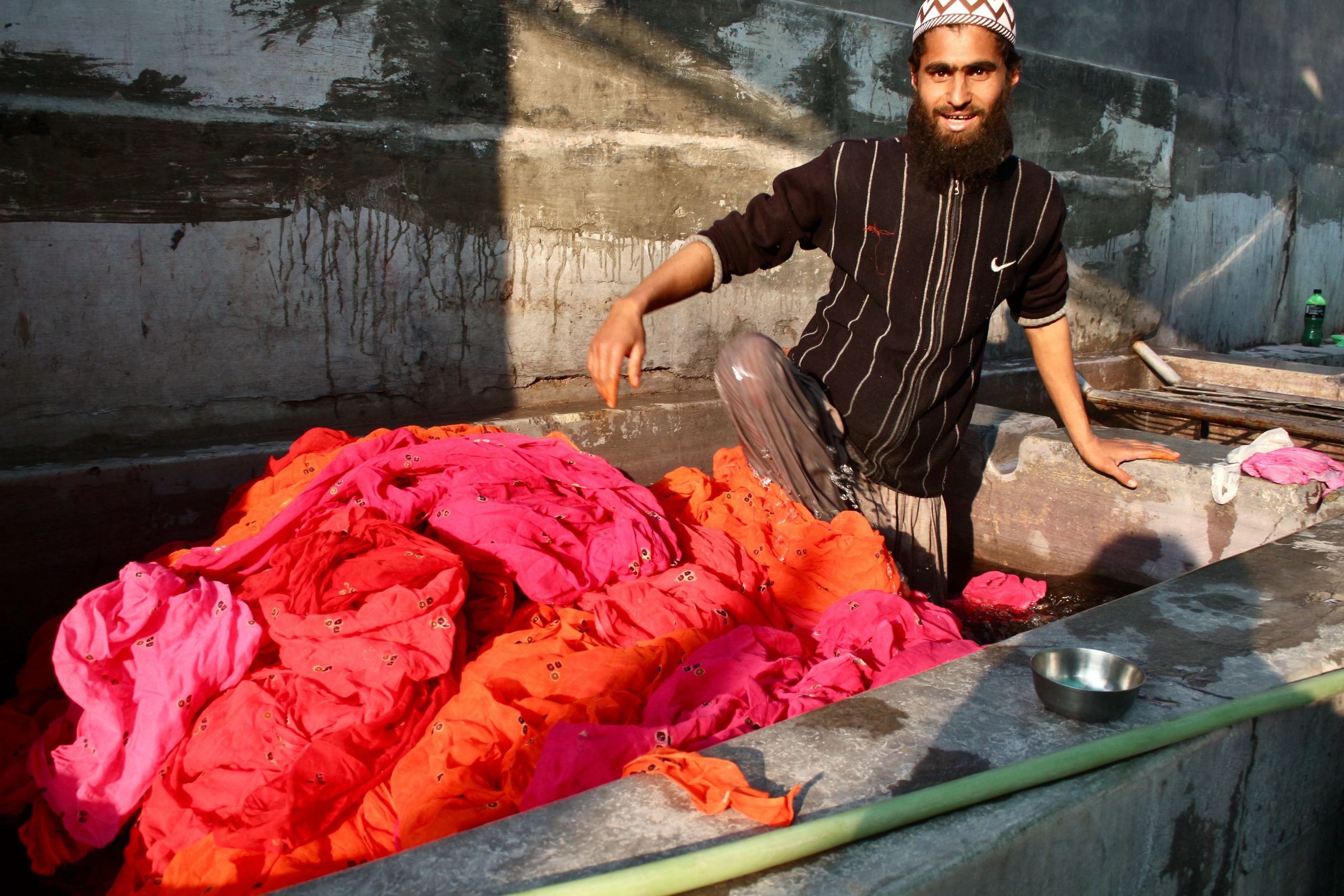 launderer 1
launderer 1
 landerer 2
landerer 2
As you can probably see from some of the headgear, it was a large Muslim family. They dye and print every day – and they have time off during the monsoon. They produce large quantities – remarkable, remarkable. Nice people. On the way home, my camera battery was dead, so was my water bottle and my feet were getting tired. And just before I was about to give up, the alleyways looked familiar again.
That this is not the only fabric printing method in Bikaner is the subject of the next post!
